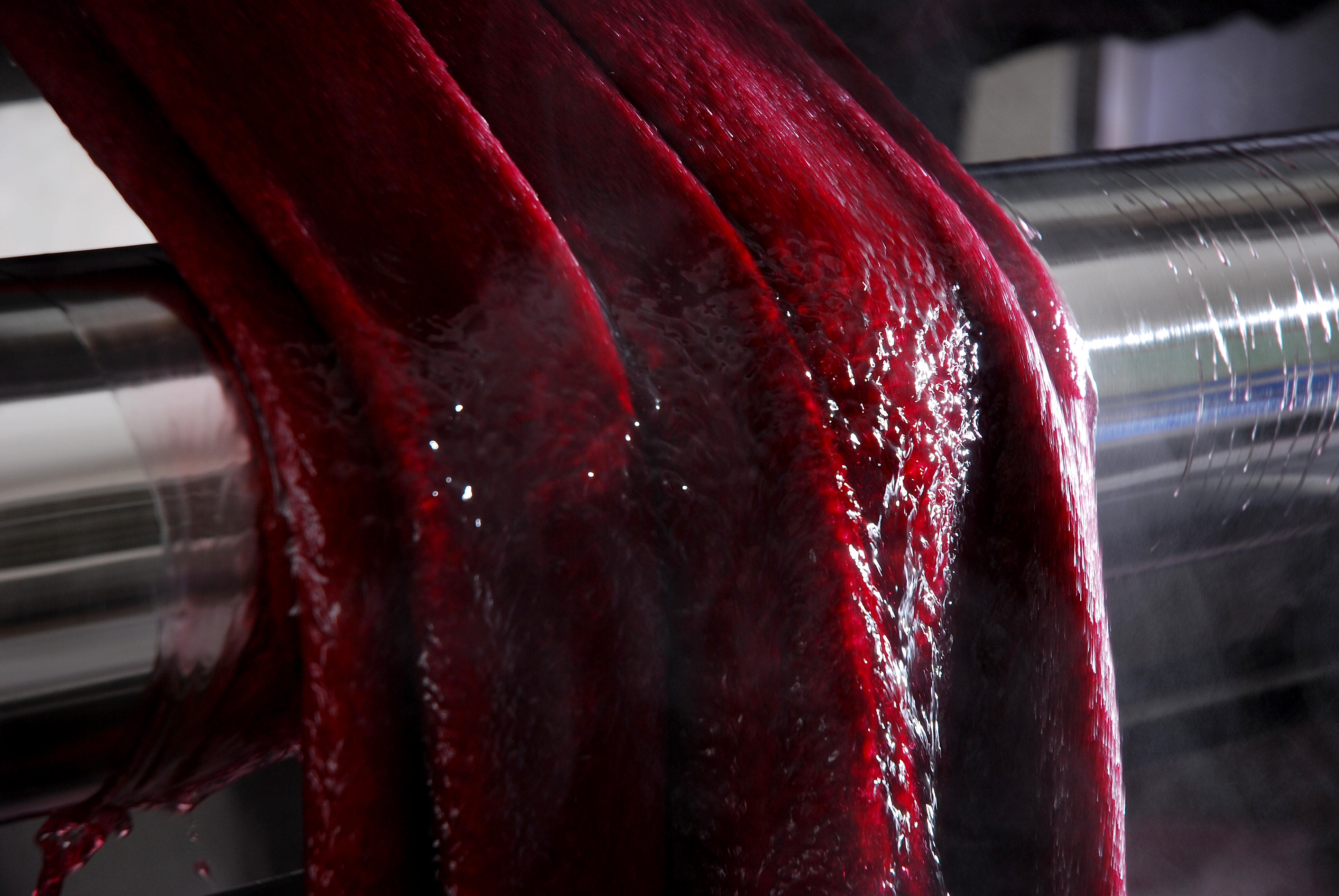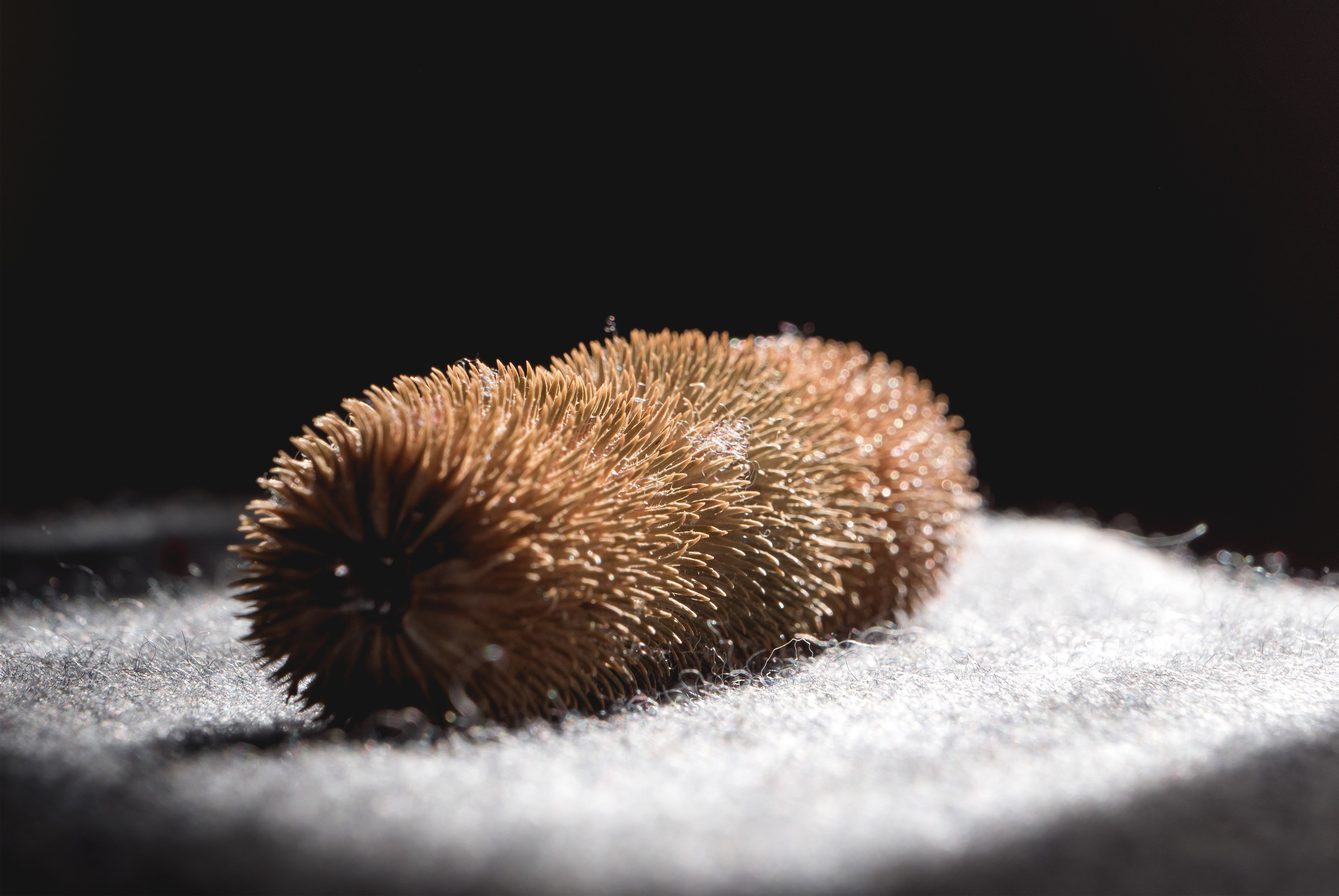From Wool to Loden
We achieve the special quality of our products through complex,
gently and careful processing which has hardly changed over the last 600 years.
Numerous process steps guarantee the very best craft, because wool takes time.
Wool Blending
We mix different types of raw wool and colours adapted for further use. The raw wool blend enters the machine and is torn and mixed by a toothed roll.Carding
The carding machine has rolls containing many nails which comb the wool into a fine continuous fleece. This is separated into the 1st roving, an unspun thread.
Spinning
Weaving
In the weaving mill, the yarns and twisted yarns are spun into various kinds of woollen cloth. Different techniques of weaving are used, such as linen weave, twill or double.A loom consists of 2,000 to 4,000 warp threads. A completed piece has a length of 40-60 metres and a width of approximately 2.30 metres.
Checking
AThe woollen cloth is checked by hand for flaws on the layout table. Small flaws are rectified, and larger ones are marked.
Fulling
Fulling is an old and simple working technique. The woven woollen cloth is moistened with 30-40°C (86-104°F) soapy water and runs through a compression channel. The applied pressure and friction causes the wool to felt. The material becomes up to 40% smaller and thicker.
The fulling process tightly packs the tissue which makes the loden more resilient and windproof. Thanks to the natural lanolin (wool fat) the wool has natural waterproofing.
Dyeing
After a short spin cycle the finished woolen cloth is dyed. Only a strong instinct and accuracy make it possible to hit the right color.

Drying
We dry our loden in the fresh air on a long wooden frame, just like in the old days to treat the fabric as gentle as possible. This gives the loden the ability to slowly breath out the moisture absorbed through colouring and fulling and the fibres can relax.Dressing

